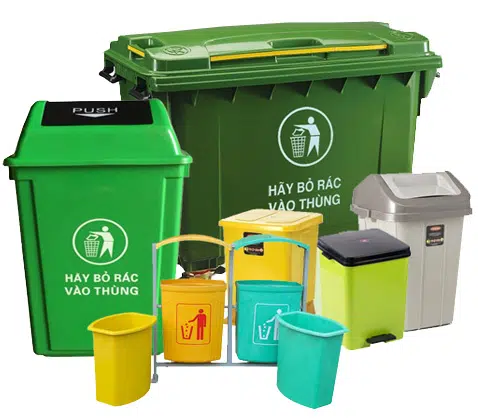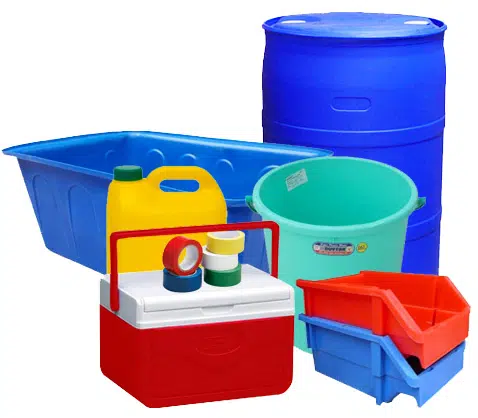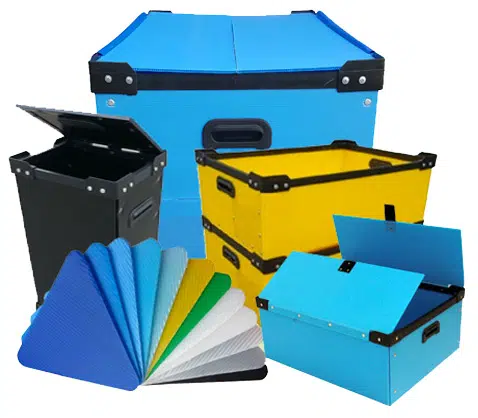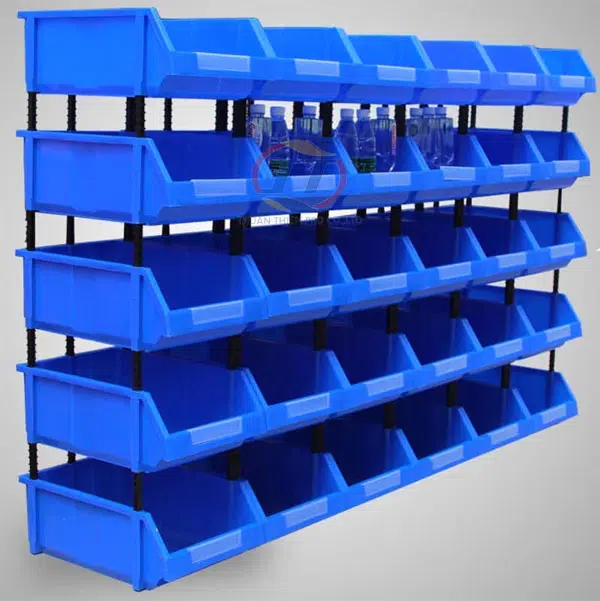In the vast ecosystem of modern commerce, the solid plastic container is an unsung hero. It is the box, bin, or drum that silently protects and transports everything from fresh produce and industrial chemicals to delicate electronics and medical supplies. Though often overlooked, its design, durability, and versatility have made it an indispensable tool across a myriad of industries. This comprehensive article will delve into the world of solid plastic containers, exploring their manufacturing, their diverse applications, and the key factors that make them a superior choice for a wide range of storage and transport needs.
Solid plastic containers, as the name suggests, are characterized by their rigid, non-collapsible structure. They are typically manufactured through a process called injection molding, which allows for the creation of a seamless, durable, and precisely engineered product. This method of manufacturing ensures that the container is not only strong but also resistant to leaks, impacts, and a wide range of environmental factors.
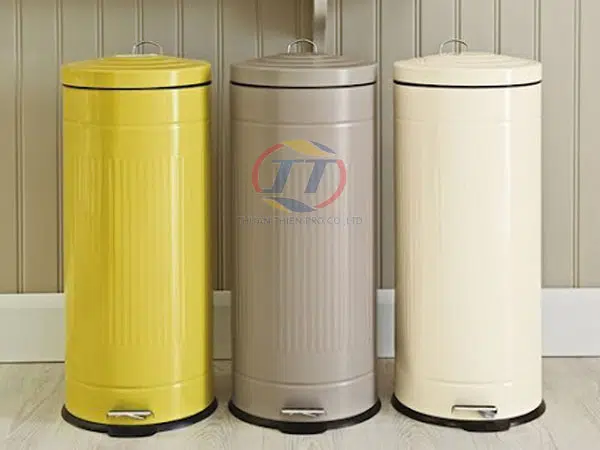
A Design for Durability: The Making of a Solid Container
The durability of a solid plastic container is not accidental; it is a result of meticulous design and engineering.
Material Selection: The choice of plastic is critical to the container’s performance. High-density polyethylene (HDPE) is a common choice for its excellent strength, chemical resistance, and ability to withstand extreme temperatures. Polypropylene (PP) is another popular option, known for its high tensile strength and resistance to cracking. The right material ensures the container can meet the specific demands of its application, whether it’s storing corrosive chemicals or being repeatedly dropped and handled in a warehouse environment.
Structural Reinforcement: The design of the container itself plays a major role in its strength. Many solid plastic containers feature reinforced ribs and corners that are designed to absorb and distribute impact, preventing damage to the contents. The stackable design of many of these containers is not just for convenience; it is also a structural feature that ensures stability and prevents a stack from collapsing.
Ease of Cleaning: One of the key advantages of solid plastic containers is their non-porous surface, which makes them incredibly easy to clean and sanitize. This is a critical feature for industries like food processing, healthcare, and pharmaceuticals, where hygiene is of the utmost importance.
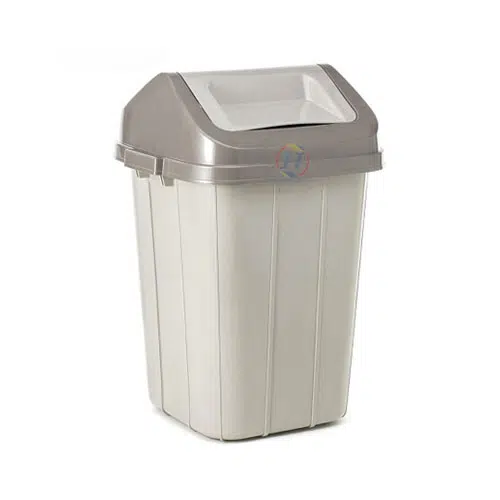
Diverse Applications: From Farm to Factory
The versatility of solid plastic containers is reflected in their wide range of applications across different industries.
Food and Agriculture: In the food industry, solid plastic containers are used to harvest, store, and transport everything from fresh fruits and vegetables to meat and dairy products. They are a hygienic and durable alternative to wooden crates, which can harbor bacteria and moisture.
Industrial and Chemical: Solid plastic drums and bins are used to store and transport a wide range of industrial chemicals, from solvents and acids to cleaning agents and lubricants. Their chemical resistance and leak-proof design make them a safe and reliable choice for these hazardous materials.
Retail and Logistics: In the retail and logistics sector, solid plastic containers are used to organize and transport goods within a warehouse and from a warehouse to a store. Their stackable design helps to maximize storage space, and their durability ensures they can withstand the rigors of repeated use.
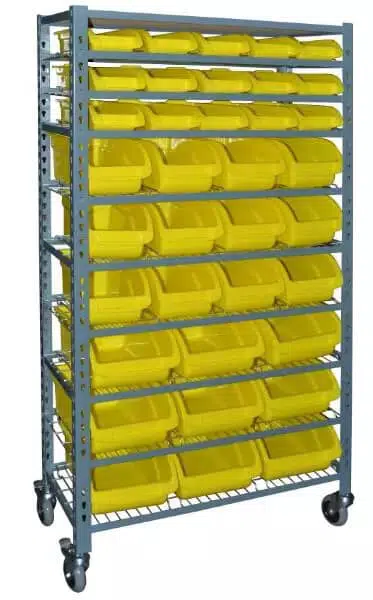
The Benefits of Choosing Solid Plastic
Choosing solid plastic containers over traditional materials like cardboard, wood, or metal offers a number of significant benefits.
Sustainability: Solid plastic containers are a sustainable choice because they are reusable and durable. A single plastic container can be used hundreds or even thousands of times, significantly reducing waste compared to single-use cardboard boxes. Many are also recyclable, further reducing their environmental footprint at the end of their life.
Cost-Effectiveness: While the initial cost of a plastic container may be higher than a cardboard box, its long lifespan and reusability make it a far more cost-effective solution in the long run. Companies can save money on packaging, storage, and waste disposal.
In conclusion, the solid plastic container is a vital but often unseen part of the global economy. Its strength, durability, and versatility have made it an indispensable tool for countless industries. By choosing these reliable workhorses, companies can improve their efficiency, enhance their safety, and contribute to a more sustainable and productive future.

